Thailand Divers Fish and Marine Creatures Guide From Phuket Thailand..
What this will be is a quick guide to some of the amazing fish we see when diving in the waters offPhuket Thailand. Different fish will be featured everyday and as the Similan islands season is about to start too these fish will be for sure seen in these waters too. The scuba diving aroundThailand Phuket is some of the best you will find anywhere. From the shallow bays of the Racha Islands that are perfect for people who want to discover scuba diving Phuket is ideal. Then again the sloping reefs are ideal location for people who want to learn to scuba dive Phuket has dive sites for all levels of diver. Then as many experienced divers will know that just to the north west of Phuket lies the Similan islands and these are normally done on a liveaboard trip for 2-4 days. This is by far the best way to get the most out of the diving as it gets you (on the 3 or 4 day trip) to have a day diving Richelieu rock which is situated just north on the Similans and is part of the Surin islands national park. Phuket liveaboards to the Similan island and other destinations are available from all good Phuket dive center.
Clownfish and anemonefish are fishes from the subfamily Amphiprioninae in the family Pomacentridae. About twenty eight species are recognized, one in the genus Premnas, while the remaining are in the genus Amphiprion.
Clownfish and anemonefish are fishes from the subfamily Amphiprioninae in the family Pomacentridae. About twenty eight species are recognized, one in the genus Premnas, while the remaining are in the genus Amphiprion. In the wild they all form symbiotic mutualisms with sea anemones. Depending on species, clownfish are overall yellow, orange, reddish, or blackish, and many show white bars or patches. The largest reach a length of 18 cm (7 in), while the smallest barely reach 10 cm (4 in).
Clownfish are native to warmer waters of the Indian and Pacific oceans, including the Great Barrier Reef and the Red Sea. While most species have restricted distributions, others are widespread. They are generally highly host specific, and especially the genera Heteractis and Stichodactyla, and the species Entacmaea quadricolor are frequent partners. The clownfish feeds on undigested matter which otherwise potentially could harm the sea anemone, and the faecal matter from the clownfish provides nutrients to the sea anemone. It has also been suggested that the activity of the clownfish results in greater water circulation around the sea anemone. In addition to providing food for the clownfish, the sea anemone also provides safety due to its poison.
Clownfish and certain damselfish are the only species of fishes that can avoid the potent poison of a sea anemone. There are several theories about how this is accomplished:
Clownfish and anemonefish are fishes from the subfamily Amphiprioninae in the family Pomacentridae. About twenty eight species are recognized, one in the genus Premnas, while the remaining are in the genus Amphiprion. In the wild they all form symbiotic mutualisms with sea anemones. Depending on species, clownfish are overall yellow, orange, reddish, or blackish, and many show white bars or patches. The largest reach a length of 18 cm (7 in), while the smallest barely reach 10 cm (4 in).
Clownfish are native to warmer waters of the Indian and Pacific oceans, including the Great Barrier Reef and the Red Sea. While most species have restricted distributions, others are widespread. They are generally highly host specific, and especially the genera Heteractis and Stichodactyla, and the species Entacmaea quadricolor are frequent partners. The clownfish feeds on undigested matter which otherwise potentially could harm the sea anemone, and the faecal matter from the clownfish provides nutrients to the sea anemone. It has also been suggested that the activity of the clownfish results in greater water circulation around the sea anemone. In addition to providing food for the clownfish, the sea anemone also provides safety due to its poison.
Clownfish and certain damselfish are the only species of fishes that can avoid the potent poison of a sea anemone. There are several theories about how this is accomplished:
* The mucus coating of the fish may be based on sugars rather than proteins. This would mean that anemones fail to recognize the fish as a potential food source and do not fire their nematocysts, or sting organelles. When diving in Phuket and places like Anemone reef for sure you will see so many different clown fish all living in their family groups in the thousands of Anemones there.
* The coevolution of certain species of clownfish with specific anemone host species and may have acquired an immunity to the nematocysts and toxins of their host anemone. Experimentation has shown that Amphiprion percula may develop resistance to the toxin from Heteractis magnifica, but it is not totally protected, since it was shown experimentally to die when its skin, devoid of mucus, was exposed to the nematocysts of its host.
Clownfish live in small groups inhabiting a single anemone. The group consists of a breeding pair, which cohabit with a few non-reproductive, "pre-pubescent", and smaller male clownfish. When the female dies, the dominant male changes sex and becomes the female. This life history strategy is known as sequential hermaphroditism. Because clownfish are all born as males, they are protandrous hermaphrodites (pro=first; androus=male). This is in contrast with another form of hermaphroditism, known as protogyny, in which all fish are born as females but can change to males later.
Clownfish lay eggs on any flat surface close to their host anemones. In the wild, clownfish spawn around the time of the full moon and the male parent guards them until they hatch about 6 to 10 days later, typically 2 hours after dusk. Clownfish are omnivorous: in the wild they eat live food such as algae, plankton, molluscs, and crustacea; in captivity they can survive on live food, fish flakes, and fish pellets. They feed mostly on copepods and mysids, and undigested food from their host anemones. Depending on the species, clownfish can lay hundreds or thousands of eggs. Clownfish were the first type of marine ornamental fish to be successfully bred in captivity on a large scale. It is one of a handful of marine ornamentals whose complete life cycle has been successfully completed in captivity. A Similans liveaboard is a great place to go to see hundreds of types of fish and the variety of clown fish will I am sure amaze even the most experienced diver.
In the aquarium
Here at Thailand Divers being one of longest established dive shop Phuket has we cant say its nice to see these fish in tanks but since the release of the movie "finding Nemo" the wild clown fish took a massive hit as they were rounded up for aquariums around the world. But having tank bred fish rather than having them removed from the wild is a better option. The Clownfish are a popular fish for reef aquariums of 10 gallons or more. Clownfish are now tank-bred to lower the number taken from the wild. Wild-caught tropical fishes are more likely to die within a week of purchase, due to catching methods like dynamite fishing and nets with "rockhoppers." Compared to wild-caught clownfish, tank-bred clownfish are more disease resistant and also less affected by stress when introduced to the aquarium. Any Phuket dive shop will never condone taking anything from the wild or even disturbing it in the ocean as preserving the oceans is taught to all students right from the start when they learn to scuba dive Phuket.
When a sea anemone is not available in an aquarium, they may settle in some varieties of soft corals, or large polyp stony corals. If the fish settles in a coral, it could agitate the fish's skin, and, in some cases, may kill the coral. Once an anemone or coral has been adopted, the clownfish will defend it. As there is less pressure to forage for food in an aquarium, it is common for clownfish to remain within 2-4 inches of their host for an entire lifetime. Even in your first ever dive I am sure the instructor will find a clown fish for you and you will see that a as soon as you discover scuba diving Phuket you will see how close to the Anemone these fish stay.
Clownfish that are far removed from their parents through captive breeding may not have the same instinctual behavior to live in an anemone. They may have to be coaxed into finding the anemone by the home aquarist. Even then, there is no guarantee that the anemone will host the clownfish.
The best place to see clown fish in in the wild and there is no better place than Phuket Thailand.
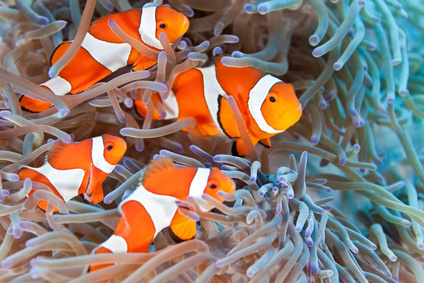
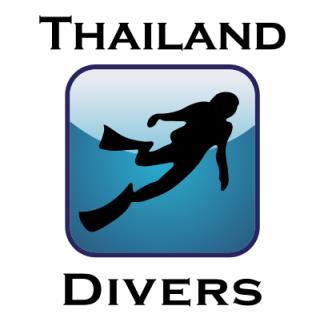
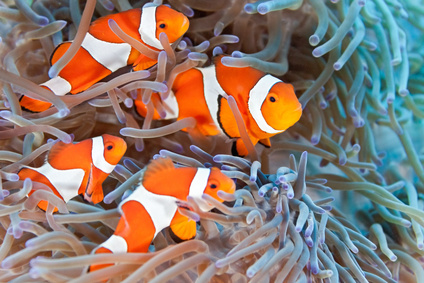

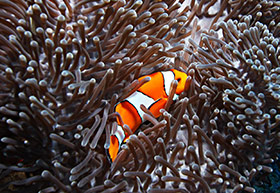
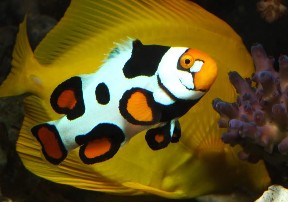



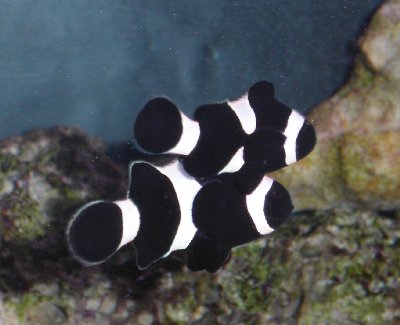
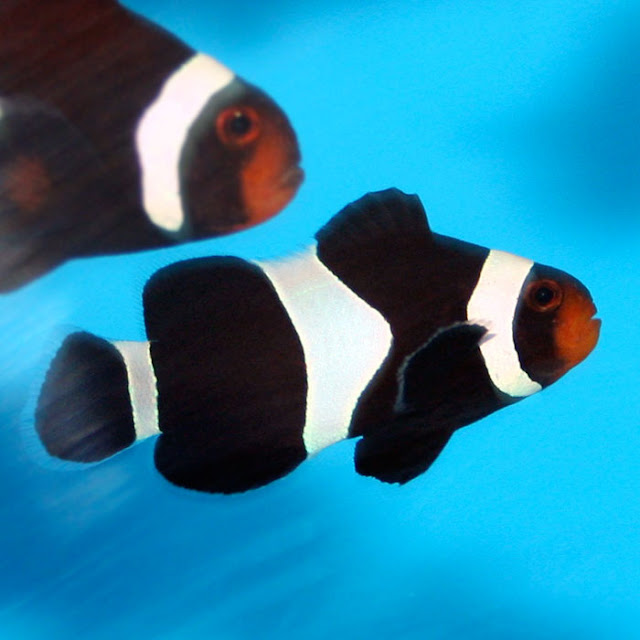
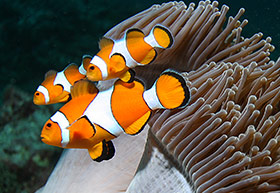

Load more comments